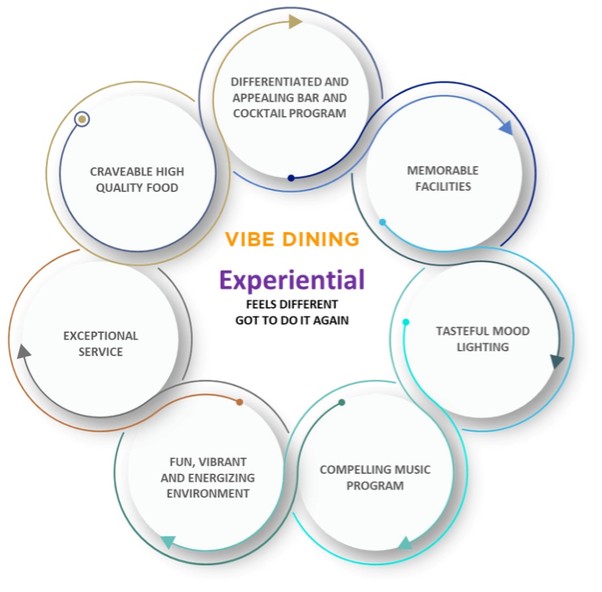the procurement, production, distribution, safety and sale of our products depends significantly on the availability, reliability and security of these systems. Many of these critical systems are provided and managed by third parties, and we are reliant on these third-party providers to implement protective measures that ensure the security and availability of their systems. Although we have operational safeguards in place, these safeguards may not be effective in preventing the failure of these third-party systems or platforms to operate effectively and be available. Failures may be caused by various factors, including power outages, catastrophic events, physical theft, computer and network failures, inadequate or ineffective redundancy, problems with transitioning to upgraded or replacement systems or platforms, flaws in third-party software or services, errors or improper use by our employees or the third-party service providers. If any of our critical IT systems were to become unreliable, unavailable, compromised or otherwise fail, and we were unable to recover in a timely manner, we could experience an interruption in our operations that could have a material adverse impact on our profitability.
Other Risks
Our operations may be negatively impacted by seasonality, adverse weather conditions, natural disasters or acts of terror.
Our business is subject to seasonal fluctuations, adverse weather conditions and natural disasters that may at times affect the regions in which our restaurants and F&B hospitality services operations are located, regions that supply or produce food products for our restaurants, or locations of our distribution network. As a result of the seasonality of our business due to weather, holiday events and other factors, our quarterly results for any one quarter or fiscal year may not be indicative of results to be expected for any other quarter or for any year.
In addition, if adverse weather conditions or natural disasters such as fires and hurricanes affect our restaurants, we could experience closures, repair and restoration costs, food spoilage, and other significant reopening costs, any of which would adversely affect our business. We could also experience shortages or delayed shipments at our restaurants if adverse weather or natural disasters affect our distribution network, which could adversely affect our restaurants and our business as a whole. Additionally, during periods of extreme temperatures (either hot or cold) or precipitation, we may experience a reduction in customer traffic, which could adversely affect our restaurants and our business as a whole. Weather conditions are impossible to predict as is the negative impact on our business that such conditions might cause. Catastrophic weather conditions are likely to affect the supply of and costs for food products. If we do not anticipate or react to changing food costs by adjusting our purchasing practices or menu prices, our operating margins would likely deteriorate.
Terrorism, including cyber-terrorism or efforts to tamper with food supplies, could have an adverse impact on our brand and results of operations.
We are subject to numerous and changing U.S. federal and foreign government regulations. Failure to comply with or substantial changes in government regulations could negatively affect our sales, increase our costs or result in fines or other penalties against us.
Each of our venues is subject to licensing and regulation by the health, sanitation, safety, labor, building environmental (including disposal, pollution, and the presence of hazardous substances) and fire agencies of the respective states, counties, cities, and municipalities in which it is located, as well as under federal law. These regulations govern the preparation and sale of food, the sale of alcoholic beverages, the sale and use of tobacco, zoning and building codes, land use and employee, health, sanitation and safety matters. Alcoholic beverage control regulations govern various aspects of our restaurants’ daily operations, including the minimum age of patrons and employees, hours of operation, advertising, wholesale purchasing and inventory control, handling and storage. Typically, our restaurants’ licenses to sell alcoholic beverages must be renewed annually and may be suspended or revoked at any time for cause. A failure to comply with one or more regulations could result in the imposition of sanctions, including the closing of venues for an indeterminate period of time, or third-party litigation, any of which could have a material adverse effect on us and our results of operations.
Our foreign operations are subject to all of the same risks as our domestic restaurants and food and beverage hospitality services operations, and additional risks that include, among others, international economic and political conditions and the possibility of instability and unrest, differing cultures and consumer preferences, diverse government regulations and tax systems, the ability to source fresh ingredients and other commodities in a cost-effective manner and the availability of experienced management.
